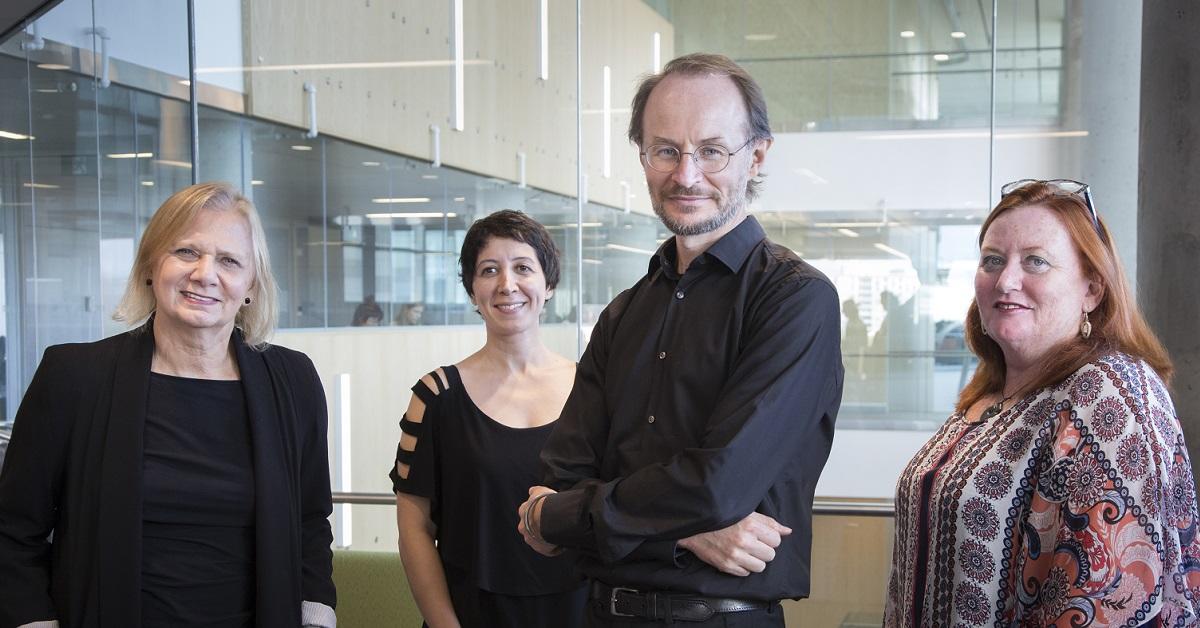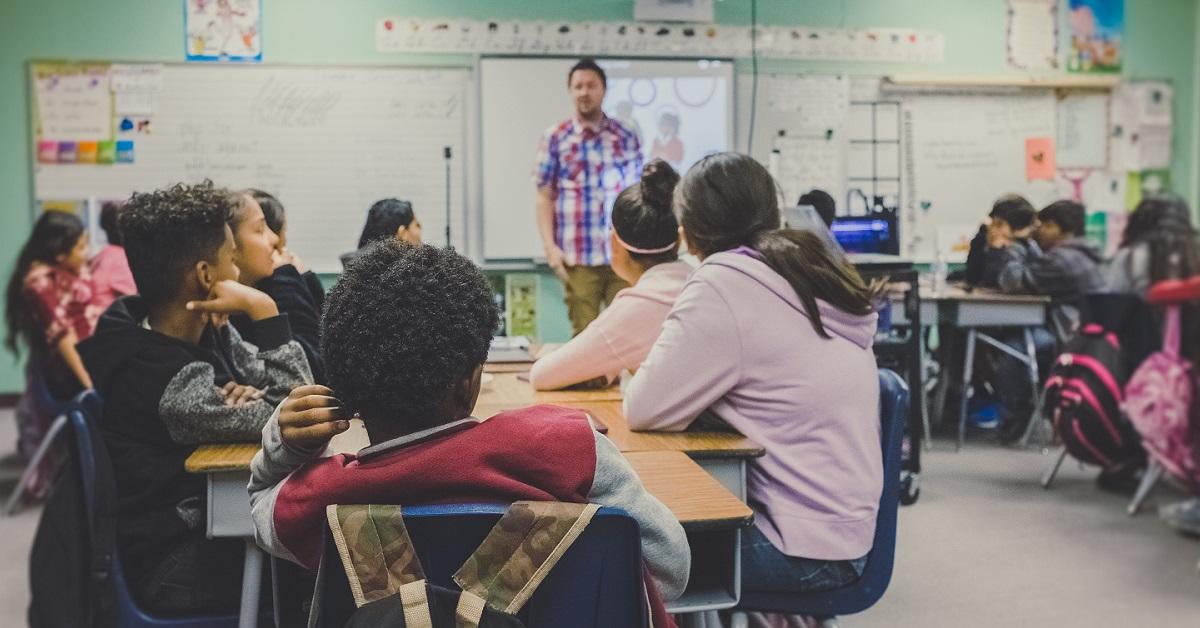
By Corinne Atiogbé and Kelly Haggart
Many students from migrant backgrounds face challenges in math class. Given the importance of mathematics in accessing higher education and many forms of employment, underachievement in this area can have long-term consequences.
In the Migration in Mathematics Classrooms project, four researchers from the Faculty of Education will study the impact of student migration, both from within Canada and from abroad, on mathematics learning. They plan to engage students and teachers in 10 elementary schools in Ontario and Quebec in the three-year project.
Students who have experienced a significant change because of migration can find the culture of teaching and learning math in a new place quite alien. But while these children may encounter unfamiliar teaching methods, they often bring novel ways of doing mathematics.
Diverse experiences enrich classrooms
“Migrating is very destabilizing for some children, but we don’t want to see them as a problem to be ‘fixed’,” says lead researcher Richard Barwell, who is dean of the Faculty of Education. “The fact that you’ve migrated doesn’t mean you can’t succeed. It just means you’ve had a particular experience, which can include a lot of things that can enrich the mathematics classroom.”
Barwell, along with research partners Yasmine Abtahi, Ruth Kane and Christine Suurtamm, will provide children with opportunities to relate their math experiences following migration and to share those perspectives with teachers. The aim is to promote a dialogue between students and teachers, to sensitize teachers to the students’ experiences, and to inspire changes in the teaching of math.
“Usually, studies look at the experiences of students or teachers, one or the other,” says Professor Abtahi. “But our study will give power to both, and encourage an intercultural dialogue by inviting students and teachers equally to share their experiences.”
The research, which is funded by the Social Sciences and Humanities Research Council, will explore the perspectives of children whose families have immigrated to Canada during their schooling or who have arrived as refugees. Or the students may have moved within Canada from an Indigenous community into an urban setting, or between rural and urban schools.
Engaging children in the research
“We want to involve the children as researchers,” Barwell says. “We’re going to ask a small number of them to collect some data in their classroom. For example, they might look for things that are unfamiliar to them – some mathematics or a teaching method or language they’ve not heard before.
“They’ll record some of these things and then work together to create an artifact of some sort – a video or poster or piece of writing – to communicate their experiences. Then we’ll share their creations with the teachers in the school.”
The researchers hope to use their findings – and the children’s own work – to produce materials for teachers that will encourage new thinking and practices in math classrooms in Ontario and Quebec, and beyond.
Little research has been done on the specific topic of migration and mathematics, Barwell says. “We think it’s worth looking at, and that improving children’s experiences after migration does matter and can make a big difference.”
